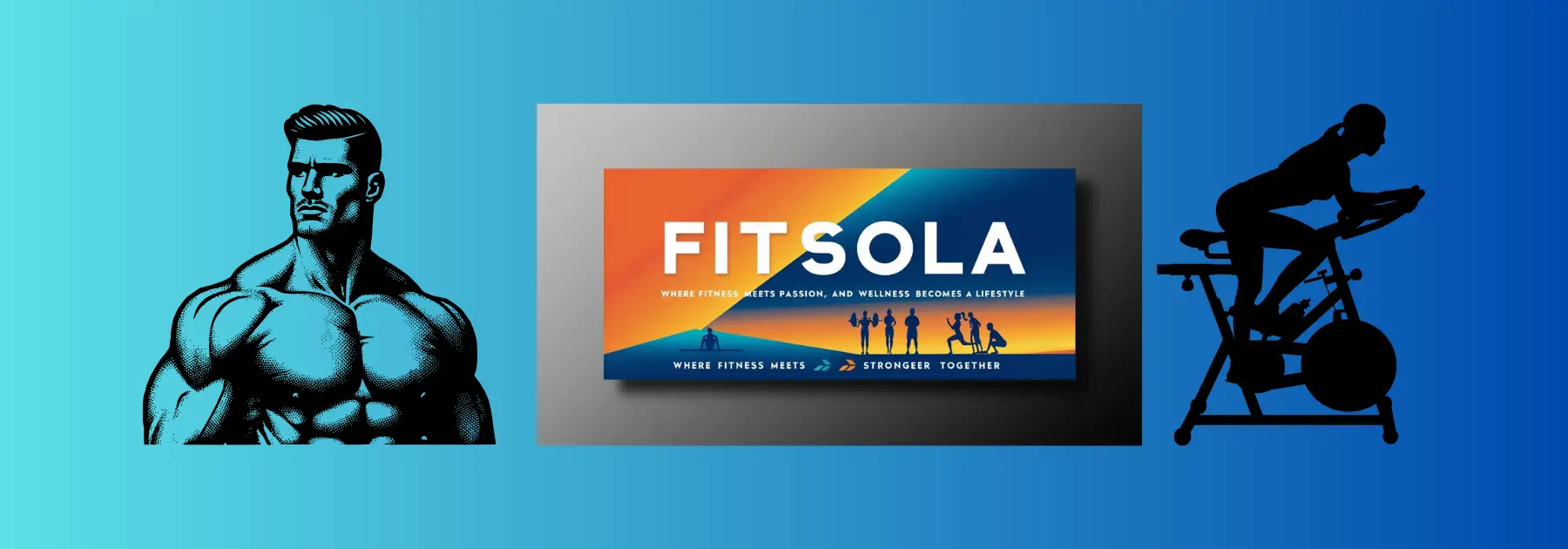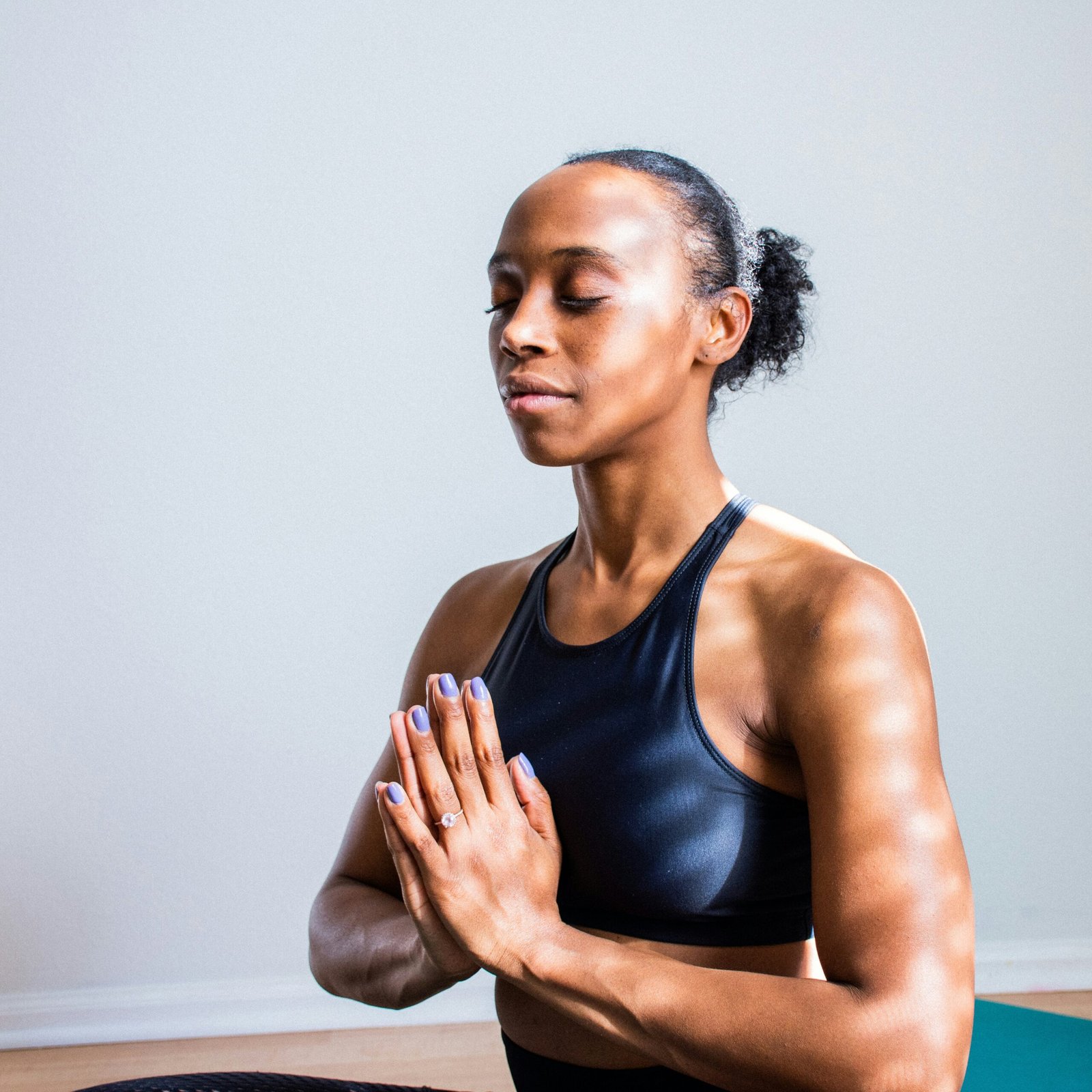In today’s fast-paced world, finding the time and motivation for a gym session can often feel like an insurmountable challenge. But what if you could maximize your efforts with an efficient Full Body Workout that strengthens, energizes, and keeps you youthful—all in less time? The right routine doesn’t require hours at the gym; it just needs to be smart, effective, and tailored to your body’s changing needs after 50.
This comprehensive guide is designed to cater to various fitness levels, with modifications suggested for beginners and progressions for those seeking a greater challenge. Remember to listen to your body, maintain proper form throughout each exercise to prevent injuries, and take adequate rest between sets. Consistency is key, so aim to incorporate this full-body bodyweight routine into your schedule several times a week to reap the maximum benefits. These benefits extend beyond just physical fitness; regular exercise can boost your mood, improve sleep quality, increase energy levels, and contribute to overall well-being. So, clear some space, put on your favorite workout playlist, and let’s embark on this journey to a fitter and healthier you, all within the familiar surroundings of your home.
The Warm-Up: Preparing Your Body for Action
Before diving into the main workout, it’s crucial to prepare your muscles and joints with a dynamic warm-up. This helps to increase blood flow, improve flexibility, and reduce the risk of injury. A good warm-up should consist of light cardio and dynamic stretches that mimic the movements you’ll be performing in the workout. Spend about 5-10 minutes on these preparatory exercises.
Start with some light cardio, such as jogging in place, jumping jacks, or high knees, for a couple of minutes to elevate your heart rate. Follow this with dynamic stretches like arm circles (forward and backward), leg swings (forward, backward, and sideways), torso twists, and hip circles. These movements help to activate the muscles and increase the range of motion in your shoulders, legs, torso, and hips, preparing them for the more demanding exercises to come. Remember to perform these movements with controlled motion, focusing on engaging the targeted muscles. A proper warm-up is an investment in your workout and your body’s safety.
The Full Body Workout: Engaging Every Muscle Group
Now that your body is warmed up and ready, let’s move on to the main full-body bodyweight workout. This routine includes exercises that target your legs, chest, back, shoulders, arms, and core, ensuring a comprehensive and effective workout. Perform each exercise for the recommended number of repetitions or duration, and take a short rest (30-60 seconds) between sets. Aim for 2-3 sets of each exercise, depending on your fitness level.
1. Squats: Building Powerful Legs and Glutes
Squats are a fundamental lower body exercise that effectively targets your quadriceps, hamstrings, and glutes. They also engage your core for stability. Stand with your feet shoulder-width apart, chest up, and core engaged. Lower your hips down and back as if you’re sitting in a chair, keeping your back straight and your knees tracking over your toes. Aim to get your thighs parallel to the floor or as low as comfortably possible. Push through your heels to return to the starting position.
Modifications: For beginners, you can start with shallower squats and gradually increase the depth as you get stronger. For a greater challenge, you can try jump squats (exploding upwards at the top of the movement) or single-leg squats (pistol squats), if you have the balance and strength. Ensure your form remains impeccable throughout, focusing on controlled movement rather than speed. Proper squat form is crucial for maximizing muscle engagement and preventing knee injuries.
2. Push-Ups: Sculpting Your Chest, Shoulders, and Triceps
Push-ups are a classic upper body exercise that primarily works your chest, shoulders, and triceps, while also engaging your core for stability. Start in a plank position with your hands shoulder-width apart, fingers pointing forward. Lower your chest towards the floor1 by bending your elbows, keeping your body in a straight line from head to heels. Push back up to the starting position, fully extending your arms.
Modifications: If standard push-ups are too challenging, you can perform them on your knees to reduce the load. Alternatively, you can do incline push-ups by placing your hands on an elevated surface like a sturdy chair or a step. For a greater challenge, try decline push-ups by elevating your feet or diamond push-ups by bringing your hands closer together to emphasize your triceps. Maintaining a straight body line throughout the movement is essential for proper muscle activation and injury prevention.
3. Lunges: Targeting Each Leg Individually
Lunges are a fantastic exercise for working your quadriceps, hamstrings, and glutes unilaterally (one leg at a time), which helps to improve balance and coordination. Stand with your feet hip-width apart. Step forward with one leg, lowering your hips until both knees are bent at a 90-degree angle.2 Your front knee should be directly3 over your ankle, and your back knee should hover just above the floor. Push off with your front foot to return to the starting position and repeat on the other leg.
Modifications: For beginners, you can start with shorter steps and gradually increase the distance as you get stronger. You can also use a wall for balance if needed. For a greater challenge, try walking lunges (stepping forward with each lunge), jumping lunges (alternating legs with a jump), or reverse lunges (stepping backward). Focus on maintaining a stable core and ensuring your front knee doesn’t extend past your toes. Proper lunge form is key for effective muscle engagement and knee safety.
4. Plank: Strengthening Your Core Foundation
The plank is an isometric exercise that effectively engages your entire core, including your abdominal muscles, obliques, and lower back. It also helps to improve posture and stability. Start in a push-up position, but instead of placing your hands on the floor, rest on your forearms, keeping your elbows directly beneath your shoulders. Maintain a straight line from your head to your heels, engaging your core and squeezing your glutes. Hold this position for4 the desired duration, focusing on keeping your body stable and preventing your hips from sagging or lifting too high.
Modifications: If a full plank is too challenging, you can start with a modified plank on your knees. For a greater challenge, try lifting one arm or one leg at a time while maintaining a stable plank position (three-point plank) or try side planks to further engage your obliques. Remember to breathe steadily throughout the exercise and maintain a rigid core to maximize its effectiveness. The plank is a cornerstone exercise for building a strong and stable core.
5. Glute Bridges: Activating Your Glutes and Hamstrings
Glute bridges are an excellent exercise for isolating and strengthening your glutes and hamstrings. Lie on your back with your knees bent and feet flat on the floor, hip-width apart. Your arms should be by your sides, palms facing down. Engage your glutes and lift your hips off the floor until your body forms a straight line from your shoulders to your knees. Hold this position5 for a second, squeezing your glutes at the top, and then slowly lower your hips back down to the starting position.
Modifications: For beginners, focus on mastering the basic form and gradually increase the hold time. For a greater challenge, try single-leg glute bridges (lifting one leg off the floor while performing the bridge) or hip thrusts (elevating your shoulders on a stable surface). Maintaining a controlled movement and focusing on squeezing your glutes at the peak of the contraction will maximize the benefits of this exercise. Glute bridges are crucial for developing strong and functional glutes.
6. Superman: Strengthening Your Lower Back and Posterior Chain
The superman exercise targets your lower back muscles, glutes, and hamstrings, helping to improve posture and counteract the effects of prolonged sitting. Lie face down on the floor with your arms extended forward and your legs straight. Simultaneously lift your arms, chest, and legs off the floor, engaging your lower back and glutes. Hold this position for a second or two, feeling the contraction in your lower back, and then slowly lower your arms, chest, and legs back down to the starting position.
Modifications: For beginners, you can start by lifting just your arms or just your legs. For a greater challenge, try holding the lifted position for a longer duration or performing alternating arm and leg lifts. Focus on controlled movement and engaging your lower back muscles rather than relying on momentum. The superman exercise is vital for maintaining a strong and healthy lower back.
7. Burpees: A Full-Body Power Move
Burpees are a dynamic and challenging full-body exercise that combines a squat, push-up, and jump. They are excellent for improving cardiovascular fitness and engaging multiple muscle groups simultaneously. Start standing with your feet shoulder-width apart. Lower into a squat position and place your hands on the floor in front of you. Kick your feet back into a plank position.6 Perform a push-up (optional). Jump your feet back to the squat position. Stand up and immediately jump into the air with your arms overhead.
Modifications: For beginners, you can eliminate the push-up or the jump at the end. You can also step your feet back into the plank and step them forward back to the squat. For a greater challenge, you can add a tuck jump at the end or perform multiple push-ups within each burpee. Burpees are a highly effective exercise for building strength and endurance.
The Cool-Down: Bringing Your Body Back to Rest
After completing your full-body workout, it’s essential to cool down properly. A cool-down helps to gradually lower your heart rate and body temperature, reduce muscle soreness, and improve flexibility. Spend about 5-10 minutes on static stretches, holding each stretch for 20-30 seconds.
Focus on stretching the major muscle groups you worked, such as your quadriceps (standing quad stretch), hamstrings (seated or standing hamstring stretch), chest (chest stretch against a wall or doorway), shoulders (cross-body shoulder stretch), triceps (overhead triceps stretch), and calves (standing calf stretch). Gentle movements like arm swings and torso twists can also be included. Remember to breathe deeply and relax into each stretch. A proper cool-down is just as important as the warm-up for preventing injuries and promoting recovery.
Consistency and Progression: Your Path to Results
To see significant results from your bodyweight workouts, consistency is paramount. Aim to perform this full-body routine 2-3 times per week, with rest days in between to allow your muscles to recover. As you get stronger and the exercises become easier, it’s important to progressively challenge yourself. This can be done by increasing the number of repetitions, the number of sets, the duration of isometric holds (like the plank), or by trying more challenging variations of the exercises.
Listen to your body and don’t push yourself too hard too soon, especially if you’re new to exercise. Gradual progression is key to avoiding injuries and maintaining motivation. You can also incorporate other forms of activity into your routine, such as cardio exercises like running or cycling, on your rest days. Remember that fitness is a journey, not a destination, and every step you take towards a healthier lifestyle is a positive one. Embrace the process, stay consistent, and enjoy the incredible benefits of your full-body home workouts! Your body is your ultimate gym – use it wisely and effectively.



